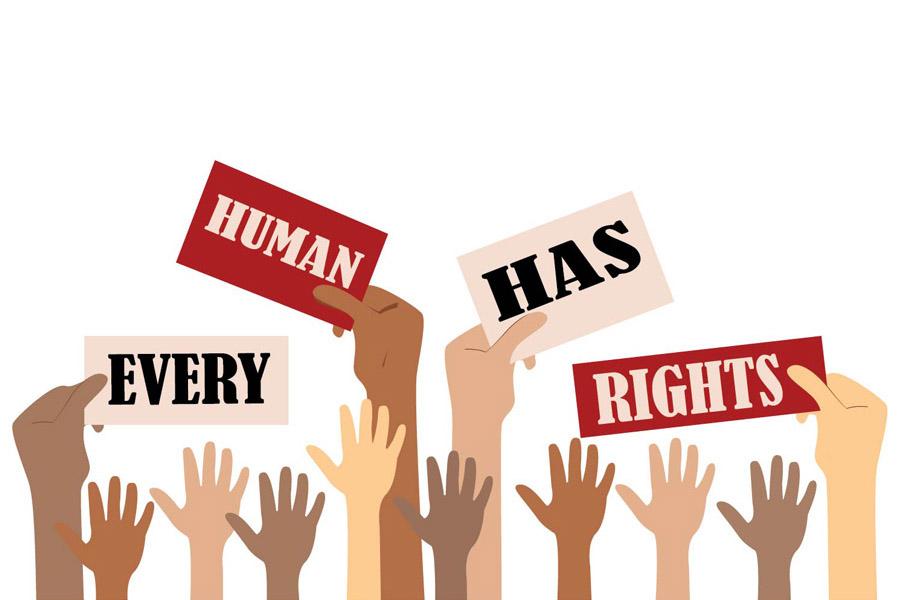Human rights are great because they ensure that you as a person are protected and safe. Rights are divided into five bases: civil, political, economic, development, and social and cultural.
Human civil liberties
These great advances in freedom took place in the 17th, 18th, and 19th centuries. Major improvements have been made over the years. Rights are combined with political freedom and are commonly known as “freedom-oriented human rights”.

Human economic freedom
This major step in freedom was made in the 20th century. Currently, social and cultural freedoms are also being strengthened. Rights contribute to the promotion of economic and social security by uplifting the economically and socially weaker sections of society.
Freedom is essential for individual dignity. They are also essential for the full and free development of the human personality. The cool thing about rights is that they ensure that there is a minimum of economic prosperity.
When economic, social, and cultural rights are combined, they are called “security-oriented human rights”. This is because together they provide you with the security you need in your life. Human rights experts call them the second generation of human freedom.

Development-oriented human rights
Developed in the late 20th century, they play an important role in ensuring you can participate in developing activities in society. Rights include environmental rights that enable you to enjoy gifts from nature such as air, water, food, and natural resources.
They are known as third-generation human freedoms or green rights. They are also known as rights of solidarity because their implementation depends on international cooperation.
According to experts, these rights are most important in developing countries. This is because countries are still developing and are still trying to uphold international order.